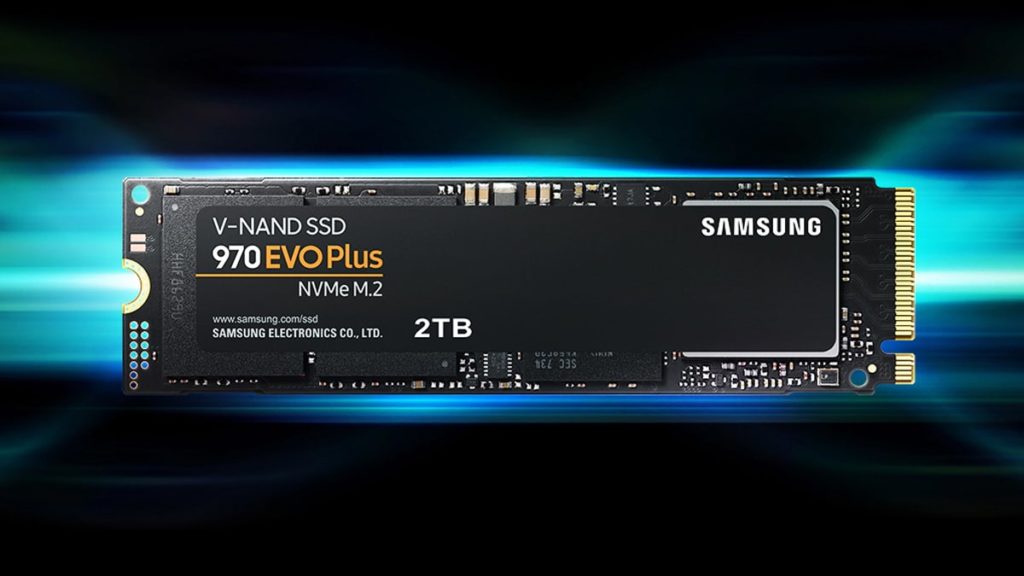- Joined
- May 6, 2019
- Messages
- 11,290
- Points
- 83
Image: Samsung
The process of choosing a speedy SSD has become an especially complicated one that definitely requires extensive researching beyond the specifications listed on the box.
Following on the heels of Crucial and Western Digital, Samsung is the latest storage giant to get caught swapping parts in select SSDs without properly notifying customers. The drive in question is the popular 970 EVO Plus, an NVMe M.2 stick that offers read/write speeds of up to 3,500/3,300 MB/s.
As discovered by a Chinese YouTuber, the Phoenix controller (S4LR020) in the original 970 EVO Plus has been replaced with the Elpis controller (S4LV003). This is actually the controller that Samsung uses in its 980 PRO SSD, a more premium product that supports PCIe 4.0 for up to 7,000/5,000MB/s read/write speeds.
Despite what sounds like a positive swap on the surface...
Continue reading...

